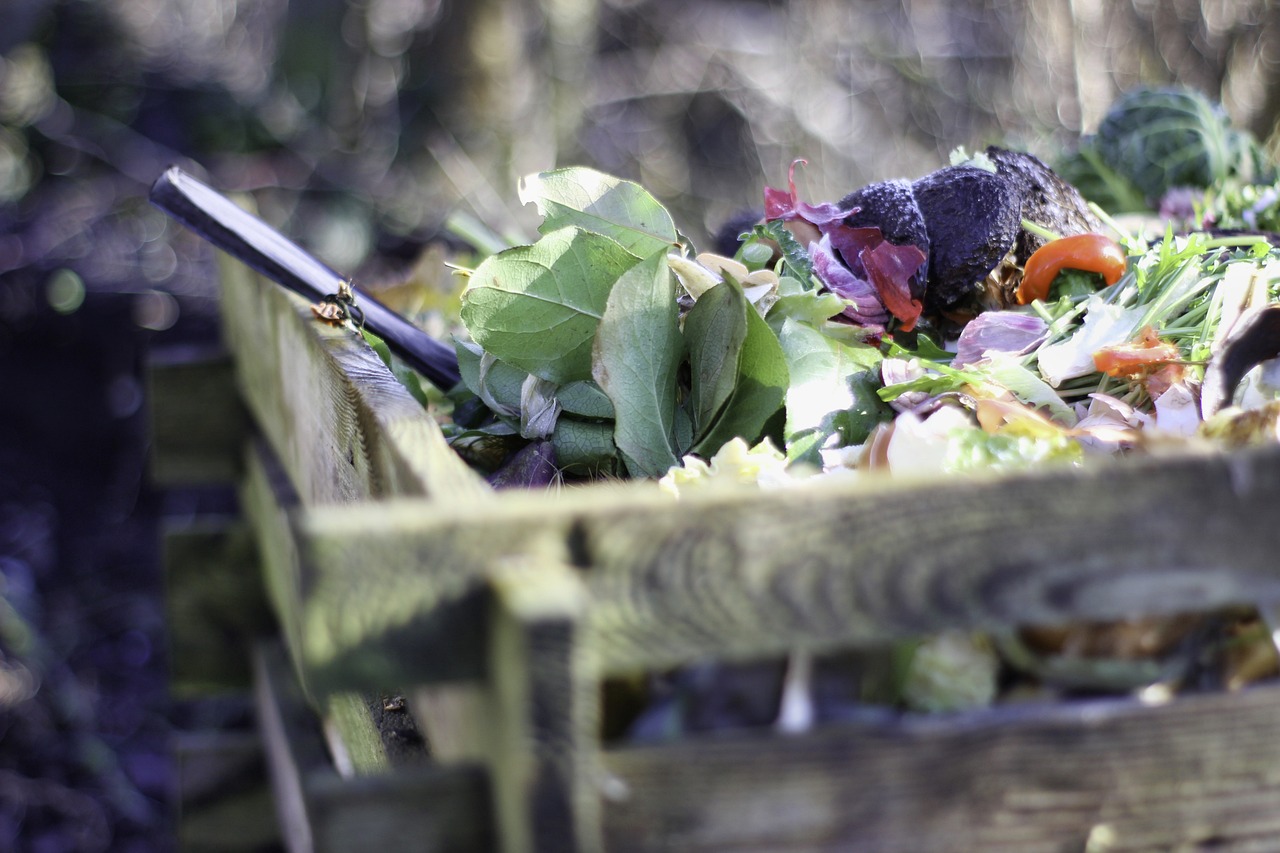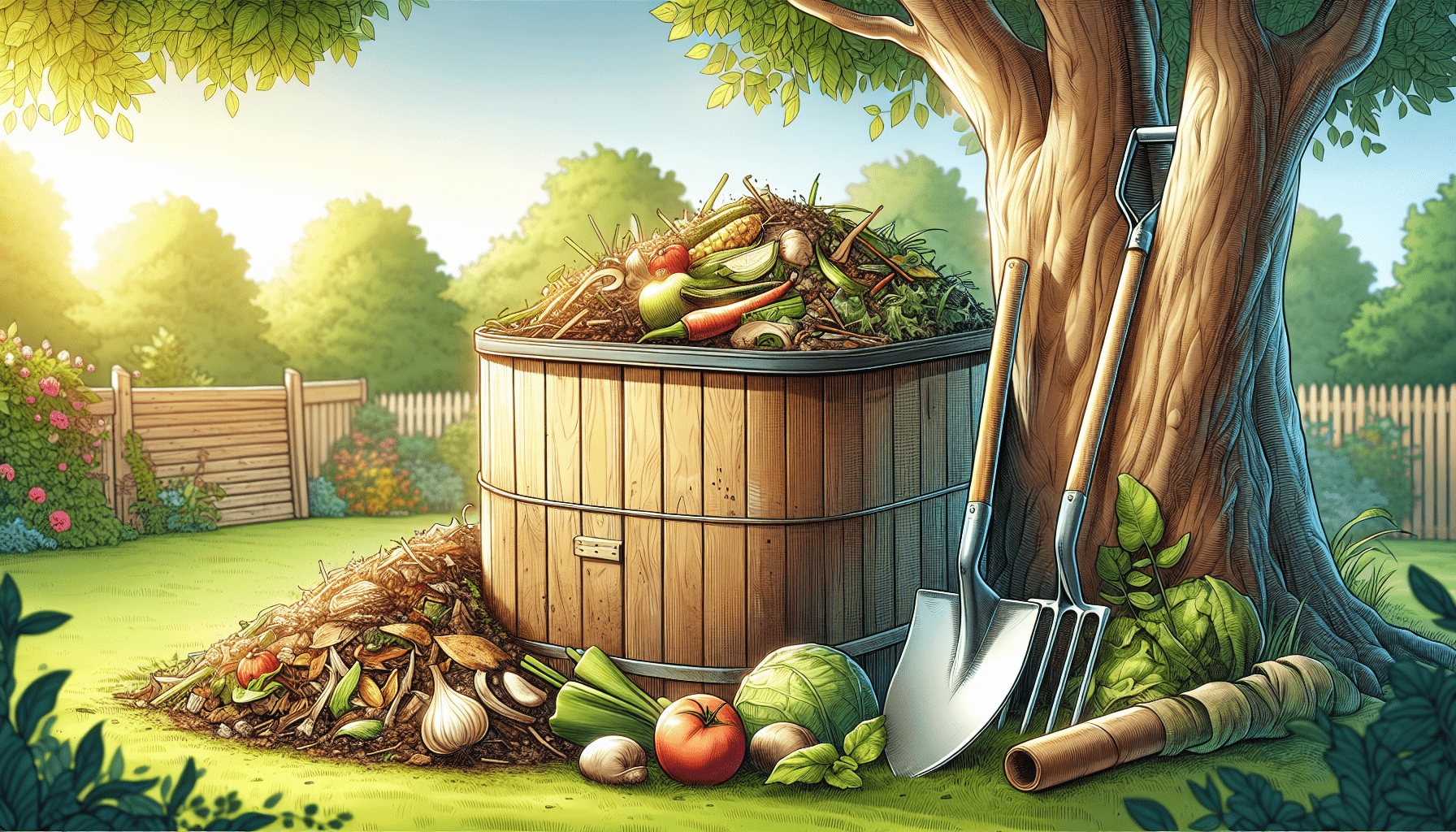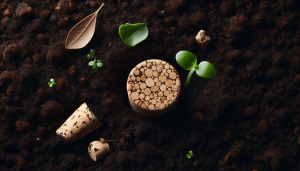In our journey towards making rich, fertile compost, a common question many of us face is, “How often should we turn our compost pile?” The answer largely depends on factors like the size of our pile, the materials we use, and the temperature of the compost. By closely monitoring these elements, we can determine the optimal turning frequency to speed up the decomposition process and produce high-quality compost. Regular turning not only aerates the pile, promoting the activity of beneficial microorganisms, but also prevents unpleasant odors and ensures an even breakdown of organic matter. With this guide, let’s learn the best practices to make our composting efforts as fruitful as possible. Have you ever wondered, “How often should I turn my compost pile?” It’s a common question for those of us striving for rich, earthy compost, and let’s face it, who doesn’t want to turn their kitchen scraps and yard waste into something beneficial for the garden? Luckily, we’re here to break it down and guide you through it.

Why Turn Your Compost Pile?
Turning the compost pile is essential because it introduces oxygen into the mix, which is vital for aerobic decomposition. Aerobic bacteria, which thrive in oxygen-rich environments, are the ones doing the heavy lifting in breaking down our compost materials. Also, turning helps to mix the materials, promoting even decomposition and preventing the pile from becoming a stinky, anaerobic mess.
What Happens If We Don’t Turn the Compost?
If we neglect to turn our compost, it can become anaerobic. Anaerobic conditions lead to the formation of unpleasant odors, slow the composting process, and can even create a slimy, gooey mess that no gardener wants to deal with. Properly turning the pile keeps it aerated and allows the aerobic bacteria to thrive.
Factors Influencing Compost Turning Frequency
Several factors influence how often we should turn our compost pile. Each pile is unique, so it’s essential to understand these variables to make informed decisions.
Size of the Compost Pile
The size of our compost pile plays a significant role. Smaller piles heat up and cool down more quickly compared to larger ones. Larger piles, typically those over 3×3 feet, tend to hold heat longer and might require less frequent turning.
Type of Materials
The materials we incorporate into the compost also dictate the turning frequency. A pile high in green materials, which include kitchen scraps and fresh yard waste, will decompose faster and need more turning to prevent matting and compaction. On the other hand, brown materials, like leaves and straw, decompose slower and may not need turning as often.
Green and Brown Materials in Composting:
| Type | Examples | Decomposition Rate |
|---|---|---|
| Greens | Vegetable scraps, grass clippings, coffee grounds | Fast |
| Browns | Dry leaves, straw, cardboard | Slow |
Moisture Content
A compost pile that is too wet can become anaerobic quickly, while one that is too dry will not decompose effectively. Ideally, our compost pile should have the consistency of a wrung-out sponge. Monitoring moisture levels and turning more frequently if it’s too wet or too dry is critical.
Temperature
Temperature is a good indicator of how active our compost pile is. A pile that’s too cold doesn’t decompose efficiently. Regular turning can help maintain the ideal temperature range of 135-160°F (57-71°C), which is perfect for microbial activity.
Ideal Turning Frequency
Given these factors, the turning frequency can vary. However, there are general guidelines that we can follow.
Weekly Turning
For those of us with the time and energy, weekly turning can speed up the composting process significantly. By turning the pile once a week, we can have finished compost in as little as two to three months. This frequency works well for compost piles with a mix of green and brown materials and maintains a high level of aerobic activity.
Bi-Weekly Turning
Turning the pile every two weeks is a middle-ground approach that suits many gardeners. This frequency is often recommended if we don’t have the time to manage weekly turning. It takes a bit longer, typically three to six months, to achieve finished compost but still ensures the pile remains aerated and active.
Monthly Turning
If we prefer a more hands-off approach, turning the compost pile once a month can still yield good results, although at a slower pace. This method may take six months to a year to produce finished compost. It’s particularly effective for larger piles that maintain internal heat for longer periods.
Practical Steps for Turning Compost
Now that we’ve discussed the importance and frequency, let’s discuss the practical steps to effectively turn our compost pile.
Tools Needed
Having the right tools can make all the difference. A pitchfork or compost aerator tool works best for turning a compost pile. A shovel or garden fork can also do the job, but they might require more effort.
How to Turn the Pile
- Start from the Edges: Begin by moving the outer material towards the center. This ensures that decomposed materials from the edges get mixed in and receive oxygen.
- Mix Thoroughly: As we turn the pile, make sure to mix the materials well. This helps in breaking up clumps and distributing moisture evenly.
- Monitor and Adjust Moisture: Check if your pile is too dry or wet. Add water if it’s dry or dry materials if it’s too wet.
Common Mistakes to Avoid
- Not turning thoroughly: Simply flipping the pile without mixing thoroughly might not aerate it properly.
- Ignoring moisture content: Without adjusting the moisture levels, turning alone won’t be effective.
- Overturning: While keeping it aerobic is important, turning too frequently might lead to drying out the pile and slowing decomposition.

Seasonal Considerations
The frequency and method of turning can also depend on the seasons. Let’s dig into how different seasons might affect our composting routine.
Spring and Summer
During warmer months, microbial activity is at its peak. Turning every week or bi-weekly can be very effective. The added heat from the sun helps to speed up the composting process, and increased outdoor activities might mean more green materials being added.
Fall
Fall often brings an abundance of brown materials, like fallen leaves. This is a great time to build up the pile and turn it less frequently, perhaps once every two weeks. Be sure to maintain a good green-to-brown ratio to keep the pile balanced.
Winter
In colder climates, composting slows down but doesn’t stop entirely. Turning every month can help maintain some aerobic activity. Insulating the pile with straw or tarp can also help preserve heat. If your compost freezes, don’t worry; it will resume decomposing as temperatures rise.
Troubleshooting Common Issues
Even with the best practices, sometimes things can go awry. Here’s how we can handle some common composting challenges.
Issue: Foul Odor
Solution: Foul odors often indicate anaerobic conditions. Increase the turning frequency to introduce more oxygen. Also, check moisture levels and ensure the pile isn’t too wet.
Issue: Pile Not Heating Up
Solution: If our compost pile isn’t heating up, it may lack nitrogen-rich green materials. Adding more greens and turning the pile can help activate microbial activity.
Issue: Pile Too Dry
Solution: If the pile feels powdery or too dry, it won’t decompose efficiently. Add water while turning the pile to bring it to the consistency of a wrung-out sponge.

Benefits of Regular Compost Turning
Why go through all this effort? Regularly turning our compost pile has several benefits, which make the effort worthwhile.
Faster Decomposition
Turning our compost regularly speeds up the decomposition process. By keeping the pile aerated, we create an environment where aerobic bacteria thrive, breaking down materials more efficiently.
Odor Control
A well-aerated compost pile doesn’t produce the foul smells that an anaerobic pile can. Turning the pile keeps it fresh and prevents it from becoming a smelly mess.
Balanced Nutrients
Consistently turning the compost ensures that all materials break down evenly. This results in a balanced, nutrient-rich compost that our plants will love.
The Role of Compost Bins and Tumblers
Different composting setups may require varied frequencies of turning. Let’s talk about how compost bins and tumblers come into play.
Traditional Compost Bins
Traditional compost bins are a popular choice for backyard composting. They require manual turning using a pitchfork or compost aerator tool. Depending on the material and bin size, turning every one to two weeks usually works well.
Compost Tumblers
Compost tumblers are designed to make turning easier. These enclosed systems can be rotated by cranking a handle or turning the drum. Generally, we should rotate the tumbler at least once a week. Tumblers often yield finished compost faster because they maintain better aeration and moisture levels.

Conclusion
We’ve covered a lot, but understanding how often to turn our compost pile is crucial for creating high-quality compost. By considering the size of our pile, the type of materials, moisture content, and temperature, we can tailor our turning frequency for optimal results. Whether we choose to turn weekly, bi-weekly, or monthly, consistently maintaining our compost pile will reap the rewards of rich, earthy compost that our gardens will flourish with.
So next time you’re wondering, “How often should I turn my compost pile?” you’ll have all the knowledge to make the right decision. Happy composting!
By following these guidelines and observing our compost pile closely, we can make adjustments as needed and ensure we’re always moving in the right direction. Happy composting, friends!



